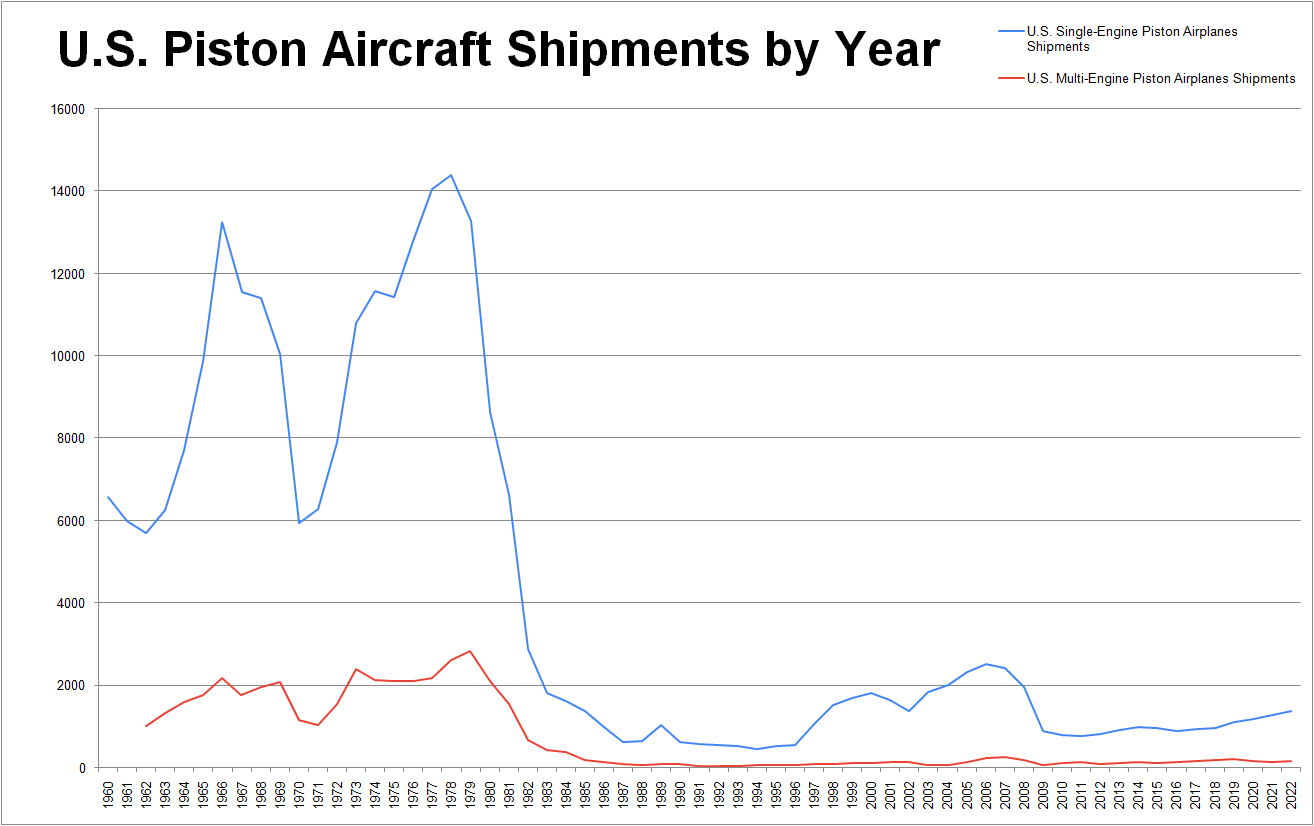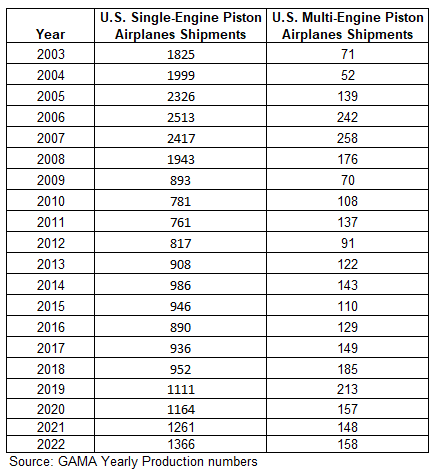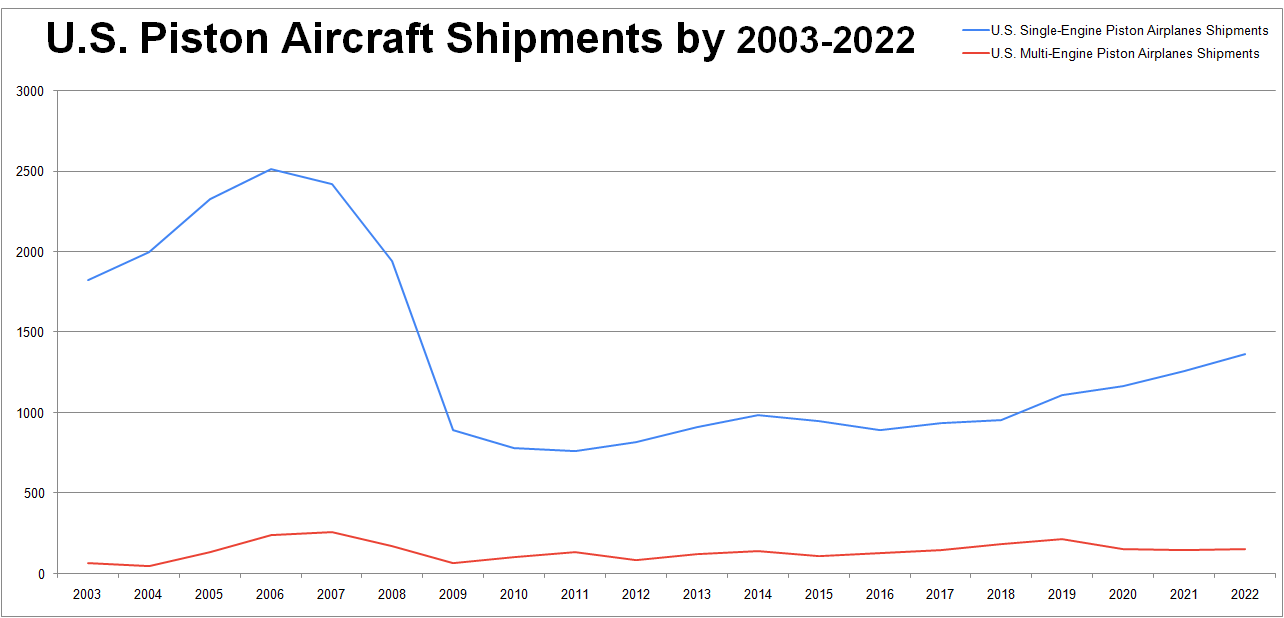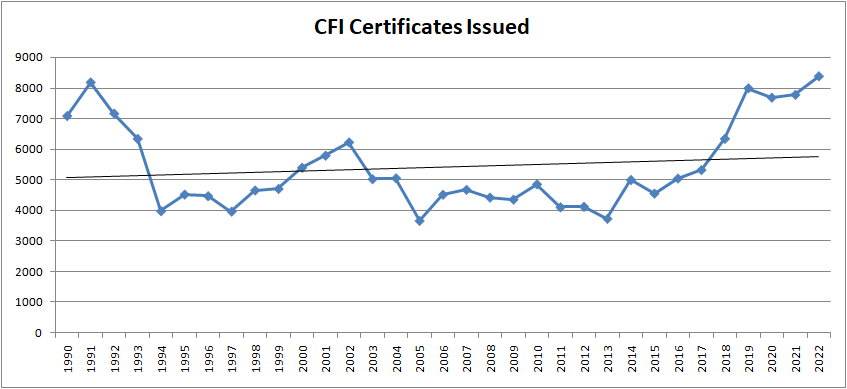The FAA has recently notified the industry that there will be reductions in the allowed time for applicants taking the Private Pilot Airplane (PAR) and Commercial Pilot Airplane (CAX) FAA knowledge tests. Administrated at PSI-operated authorized testing sites, these two tests will each see applicants have a half hour less time to complete the required tests.
In the notification, the FAA noted that:

You can see the notice from the FAA at: https://www.faa.gov/sites/faa.gov/files/Community_Advisory_Feb_2023.pdf
This means applicants will have less time during these tests to complete the number of test questions on each test, and, with the second part of the notice, more questions to complete without the knowledge of which test questions are sample validation questions and which ones count toward their final score.
Some tips for test takers here that might help.
Prioritize questions.
There will be topics and questions you know best. Get those done first. Work through the test and answer the questions you know, then return to the ones you were less confident about. You don’t have to do the test questions in the order that they pop up in the system. It is perfectly acceptable to skip and come back to questions.
Come back to questions if you have time.
Don’t get stuck on a question. If you aren’t sure, move on. Get as many questions done as you are confident you can accurately answer then come back if you have excess time to the ones you skipped. Don’t leave anything unanswered, make the best guess instead of leaving something blank, but leave questions you aren’t sure about to spend more time on later if you have leftover time
Use your time wisely.
Don’t get stuck on a question. If there is something you don’t know, move on. Come back to it later. Spend your time on the questions you know how to answer best to improve your score potential and then come back to questions you are having trouble with. The goal is to answer as many questions correctly as possible, not to waste time on questions you might find challenging.
There is a strategy to test-taking. As tests have limited time, this strategy changes. Think carefully and strategically as you take the FAA tests to ensure you get the best score possible.

 And they may never. The market has changed. But that doesn’t necessarily mean that what we are currently producing will meet the needs of the flight training efforts in the United States going forward either.
And they may never. The market has changed. But that doesn’t necessarily mean that what we are currently producing will meet the needs of the flight training efforts in the United States going forward either.

 I had a question asked a day ago regarding some of the data I have been publishing. It was, “I see some CFI certification issuance data you have put out, but I did I miss where you put something out about “how many” CFIs we are certifying?
I had a question asked a day ago regarding some of the data I have been publishing. It was, “I see some CFI certification issuance data you have put out, but I did I miss where you put something out about “how many” CFIs we are certifying?
